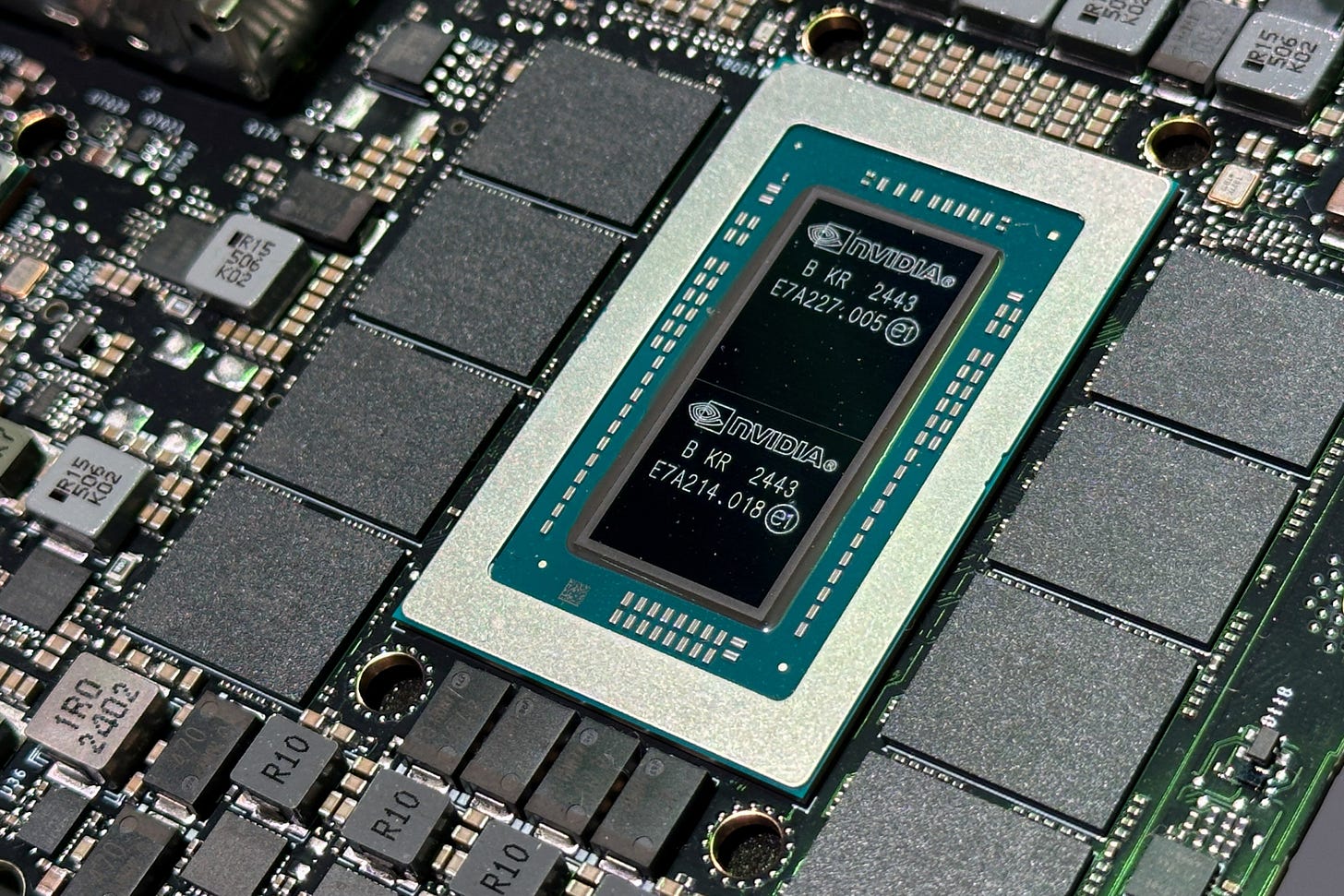Nvidia hits $5 Trillion Market Cap
The biggest week in Tech in 2025 visualized.

Good morning,
Visit our vibe coding or guides section for more applied…
Keep reading with a 7-day free trial
Subscribe to AI Supremacy to keep reading this post and get 7 days of free access to the full post archives.

